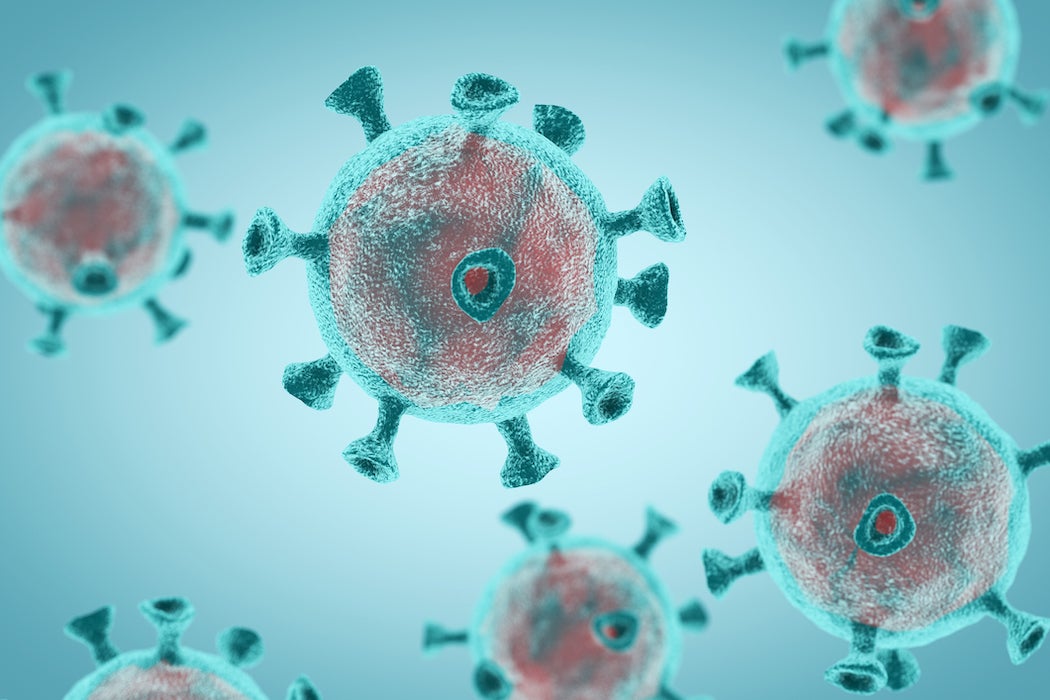Anxious much? We were, so we reached out to Henry Raymond, DrPH, Associate Professor in the Department of Biostatistics and Epidemiology at the Rutgers School of Public Health to ask a few basic questions. It helped.

Dr. Raymond’s work bridges academic research and public health practice in the United States and abroad. He regularly provides expert advice to CDC and WHO on novel epidemiologic methods.
JSTOR DAILY: How long is this going to last?
DR. RAYMOND: Good question. It depends on if you mean the current crisis as a result of dealing with a new virus or whether it becomes a seasonal cyclic event such as common flu. For the former it seems that we do not have a lot of the answers around when we can expect that the current crisis will abate, though many public health professionals and researchers are working on this question. For the latter, other SARS virus variants have not become a seasonal issue. The jury is still out though.
Have there been any models showing social distancing is effective as way to slow the spread of a virus before coronavirus? What’s the evidence?
Yes! Research on the 1918 flu pandemic and the 2014 Ebola outbreak have shown that social distancing is effective in reducing transmission of viruses. (Note, Dr. Raymond’s colleague Elissa Kozlov, PhD, explains how to take care of your mental health while social distancing.)
What happened to the antibiotic-resistant bacterial superbug we thought was going to get us?
Sad to say, mother nature is always trying to kill us. There is a constant stream of viruses that emerge into the human population, some taking hold while most do not. Vigilance and response are our best defenses. Spillover by David Quammen is a great book that covers this.
Is the food supply chain in danger?
This is a complicated question. First, this particular virus does not seem to affect animals and certainly doesn’t affect plants. That being said, the issue is whether the outbreak reduces the labor force working in food production and distribution. Some research has shown that if a pandemic reduces labor supply by 25% there may be significant food shortages. On the plus side, a lot of the food production system involves few people. On the minus side, food distribution involves many people. Nonetheless, social distancing measures can provide protection while still ensuring access to food supplies.
What other public health concerns do you have in the midst of this crisis? Is “fear” a public health issue? How?
Fear is always a public health issue, as fear influences behavior on the personal and community level. On the biologic level, fear leads to ongoing physiologic changes that may predispose an individual to disease. On the community level, fear may lead to behaviors that disadvantage others in the community (e.g.,toilet paper hoarding).







